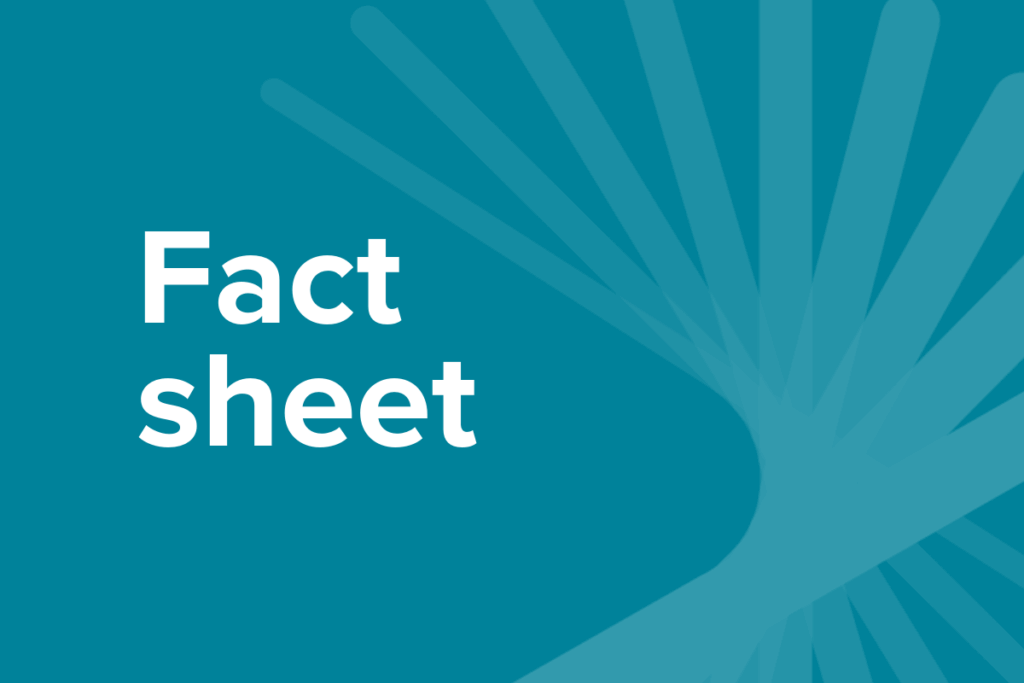Exercise for Perimenopause and Menopause
Home / Menopause
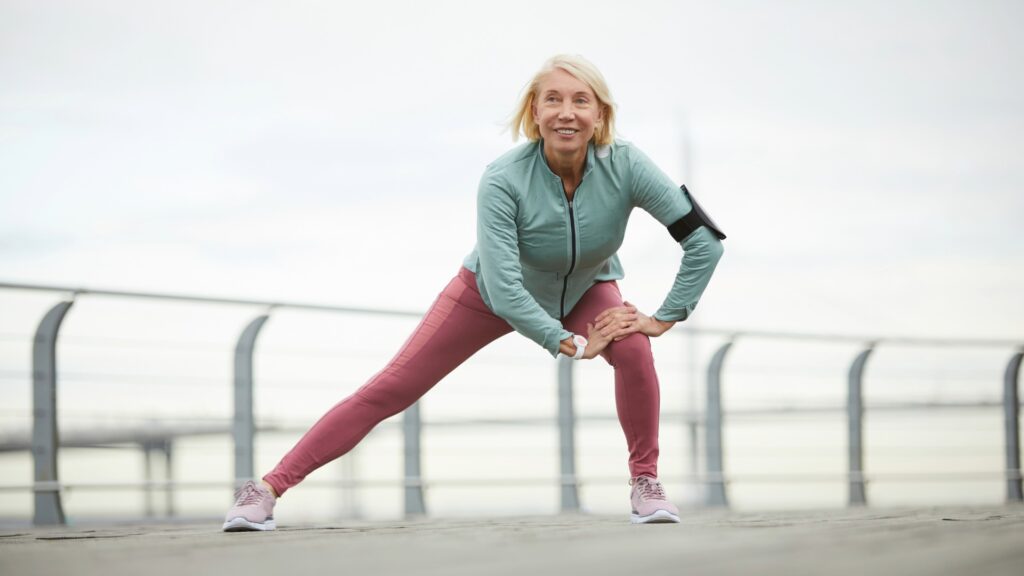
What is menopause?
Menopause is usually a natural process defined as the permanent end of menstruation. The definition is made 12 months after the final menstrual period. Menopause can also be the result of surgery such as a hysterectomy, or as a side effect from cancer treatment as the ovaries stop producing oestrogen.
Perimenopause is the initial stage of menopause and sees fluctuations in oestrogen and progesterone levels. Perimenopause can last anywhere between 1 and 10 years but has an average duration of 4 to 6 years. During perimenopause your menstrual bleed may become irregular, either less frequent or more frequent, or have a continually changing pattern. Bleeds may also become heavier or lighter and symptoms of hot flushes, disrupted sleep and mood disturbances often begin.
Early onset menopause is when a woman experiences her final menstrual cycle before the age of 45 years, and premature menopause is prior to the age of 40. Premature or early onset menopause can be as a result of pharmacotherapies, surgery, or can occur naturally.
How does exercise help menopause?
Exercise can help with optimising long-term health after menopause – including maintaining bone mineral density and reducing the risk of osteoporosis or osteopenia, reducing cardiovascular risk factors, maintaining a healthy weight range, pelvic floor health & improving balance.
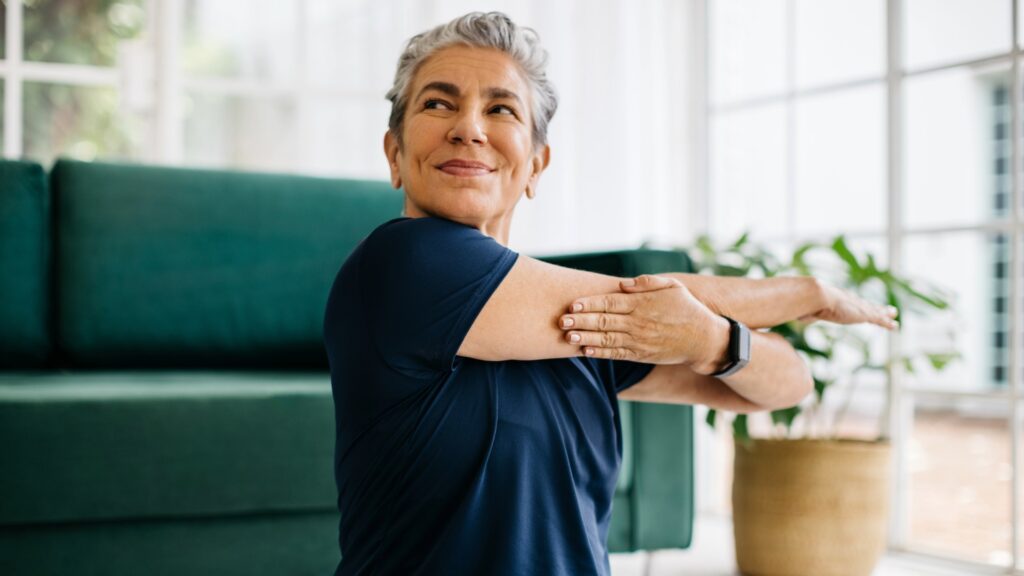
Exercise can also help with:
- Hot flushes and night sweats
- Psychological symptoms often seen such as depression, anxiety and impaired memory and concentration
- Joint pain, headaches and dizziness
- Incontinence
- Maintenance of bone mineral density
- Reduced risk of developing cardiovascular disease
- Improved endothelial function (reducing risk of atherosclerotic changes and high blood pressure)
- Improve insulin sensitivity (reducing risk of diabetes and issues with blood sugars)
- Improved quality of sleep
- Improved mental health and wellbeing
- Increased quality of life
What type of exercise is best for people experiencing menopause?
In line with Australian physical activity recommendations, Exercise Right recommends 150 to 300 minutes (2 ½ to 5 hours) of moderate activity or 75 to 150 minutes (1 ¼ to 2 ½ hours) of vigorous intensity physical activity, or an equivalent combination of both moderate and vigorous activities, each week.
Exercise prescription should be individualised and prescribed by an Accredited Exercise Physiologist (AEP) and include resistance training, pelvic floor muscle training, balance training, aerobic activity and power training. Research has shown that exercise that is completed in a social setting, in a small group class or with a friend, also has associated improvements in mental health, quality of life and program adherence.

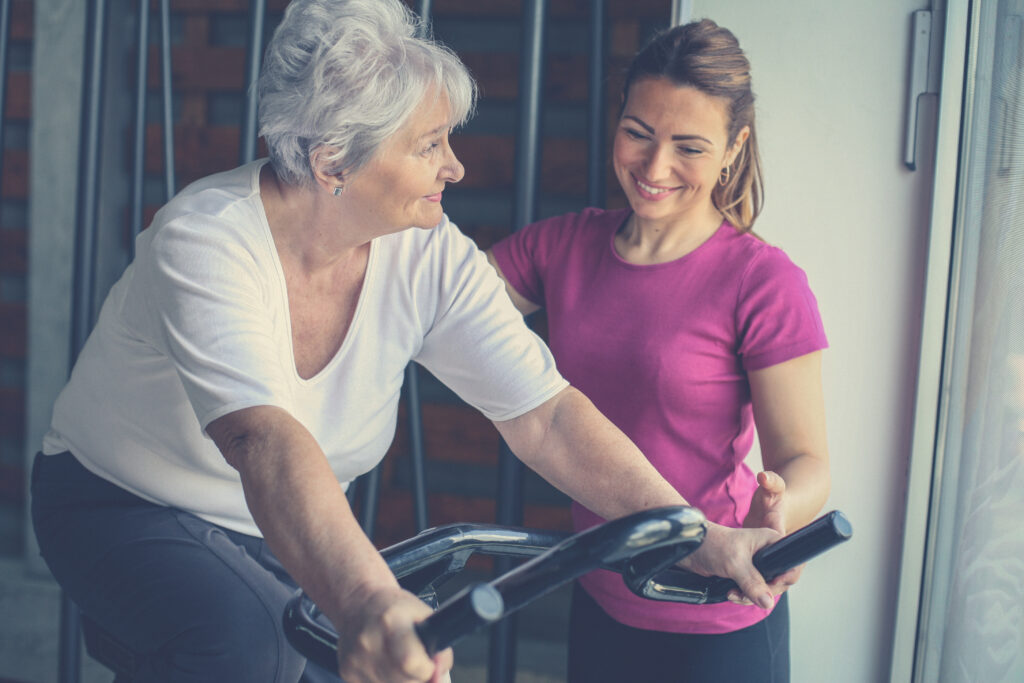
Things to remember
Before beginning an exercise program all postmenopausal women should have their pelvic floor strength assessed by a women’s health Accredited Exercise Physiologist (AEP), regardless of if you have had previous pregnancies, vaginal deliveries or a hysterectomy.
If pelvic floor dysfunction is suspected, exercise prescription should aim to minimise increases in intra-abdominal pressure and avoid strain being placed upon the pelvic floor organs and muscles to reduce the risk of pelvic organ prolapse or incontinence.
Frequently asked questions
What is an Accredited Exercise Physiologist (AEP)?
An Accredited Exercise Physiologist (AEP) is an allied health professional that prescribes individualised exercise therapy to help people manage their chronic conditions, disabilities, long-term injuries and so much more. They are the most qualified professionals in Australia when it comes to the prescription safe and effective of exercise therapy.
Who should see an AEP?
Anyone who wants to move safely and improve their health can benefit. From chronic conditions to injury recovery, or simply wanting advice on how to exercise right, an exercise physiologist is the expert to see.
Is an AEP covered by Medicare or private health insurance?
Yes. As allied health professionals, exercise physiology services are recognised in government health funding including Medicare, National Disability Insurance Scheme (NDIS) and Department of Veteran’s Affairs (DVA), workers’ compensation and private health insurers. It’s important that you check with your provider as coverage can vary.
Where can I find an AEP?
Use recognised directories like Exercise & Sports Science Australia (ESSA), ask your GP or look for allied health clinics with AEP credentials.
You may also like
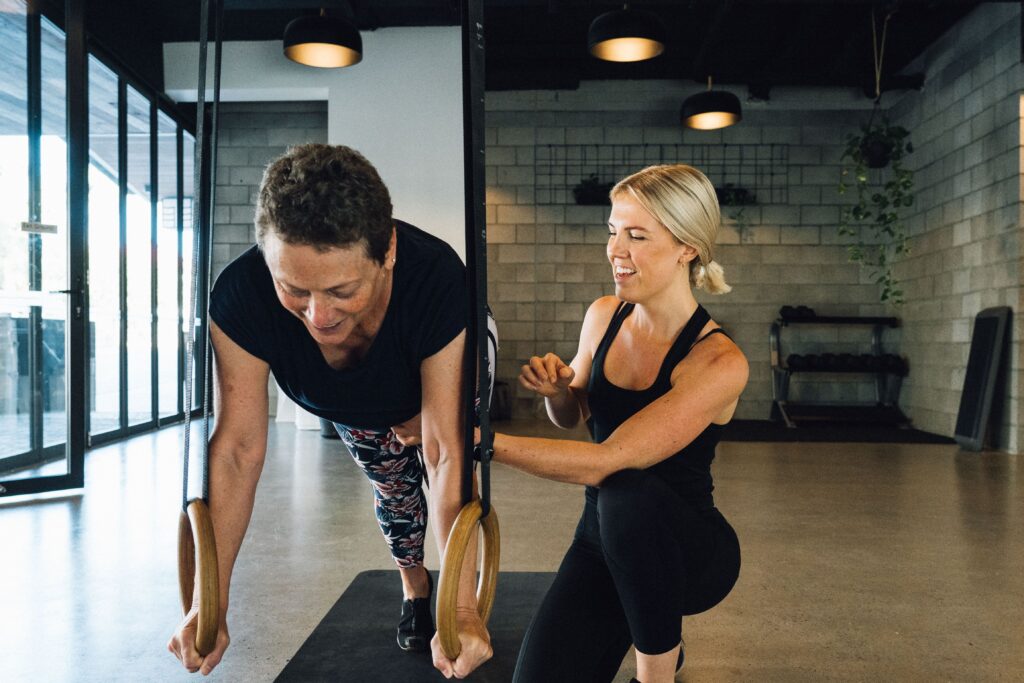
Managing Menopause – The Power of Exercise
Menopause – a topic that is still relatively taboo, yet extremely interesting and important. Here at Exercise Right, we believe menopause should be celebrated! In this blog, we learn what small changes every woman can make to feel confident in this new stage of life. What is menopause? ‘Menopause’ is defined as a woman’s last […]

Exercise for Menopause
As we progress through life, our body is challenged in different ways. Menopause is no different. So, how should you adapt your exercise for menopause? Australian women typically experience menopause between ages 50-55 years, however, it can occur in younger women secondary to surgery, chemotherapy or radiation. With changing body composition, energy levels, hormone balance […]

